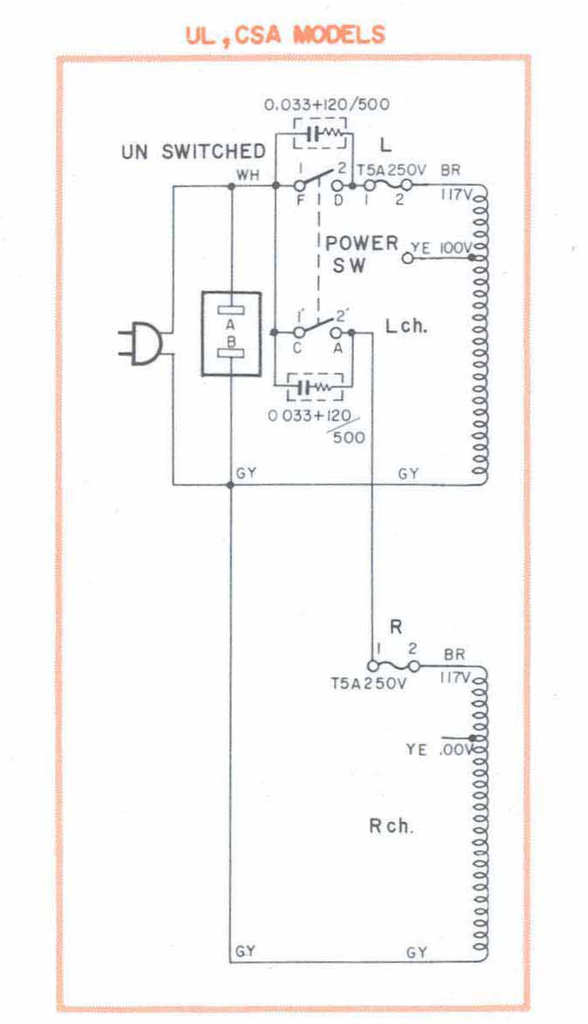Using a NTC thermisters on a patched together original switch will still blow the @@##$ out of it.
If a final transistor, filter cap, diode, etc goes or if your xx plugs the toaster into a switched outlet your power switch is still likely toasted.
I'll stay with a cheap replaceable TRIAC using around 100 ma gate current.and save my switch to play another day.
It appears you are using a clamp on with a needle block. The needle block was developed long ago to get an average long term inrush. Analog meter movements take a long time to get the needle moving and then wildly over shoot caused by the mass of the movement. The needle block was developed to hold the needle at the high average sensed by the movement.
In use, we jacked up the block to get the needle to just wiggle off the stop on a start. Motor or transformer.
If you are using the needle block and measuring transformer in rush, my guess would be about 10X for actual value of the first 3 or so cycles depending on where on the sin wave the contacts make and what the contact bounce / burn time is. The NTC may limit it, don't know never studied the data sheets. Just a guess as never instrumented a little transformer. I think the smallest I ever instrumented was around 500KVA with a Dranetz disturbance analyzer in the 70s.
If a final transistor, filter cap, diode, etc goes or if your xx plugs the toaster into a switched outlet your power switch is still likely toasted.
I'll stay with a cheap replaceable TRIAC using around 100 ma gate current.and save my switch to play another day.
It appears you are using a clamp on with a needle block. The needle block was developed long ago to get an average long term inrush. Analog meter movements take a long time to get the needle moving and then wildly over shoot caused by the mass of the movement. The needle block was developed to hold the needle at the high average sensed by the movement.
In use, we jacked up the block to get the needle to just wiggle off the stop on a start. Motor or transformer.
If you are using the needle block and measuring transformer in rush, my guess would be about 10X for actual value of the first 3 or so cycles depending on where on the sin wave the contacts make and what the contact bounce / burn time is. The NTC may limit it, don't know never studied the data sheets. Just a guess as never instrumented a little transformer. I think the smallest I ever instrumented was around 500KVA with a Dranetz disturbance analyzer in the 70s.



